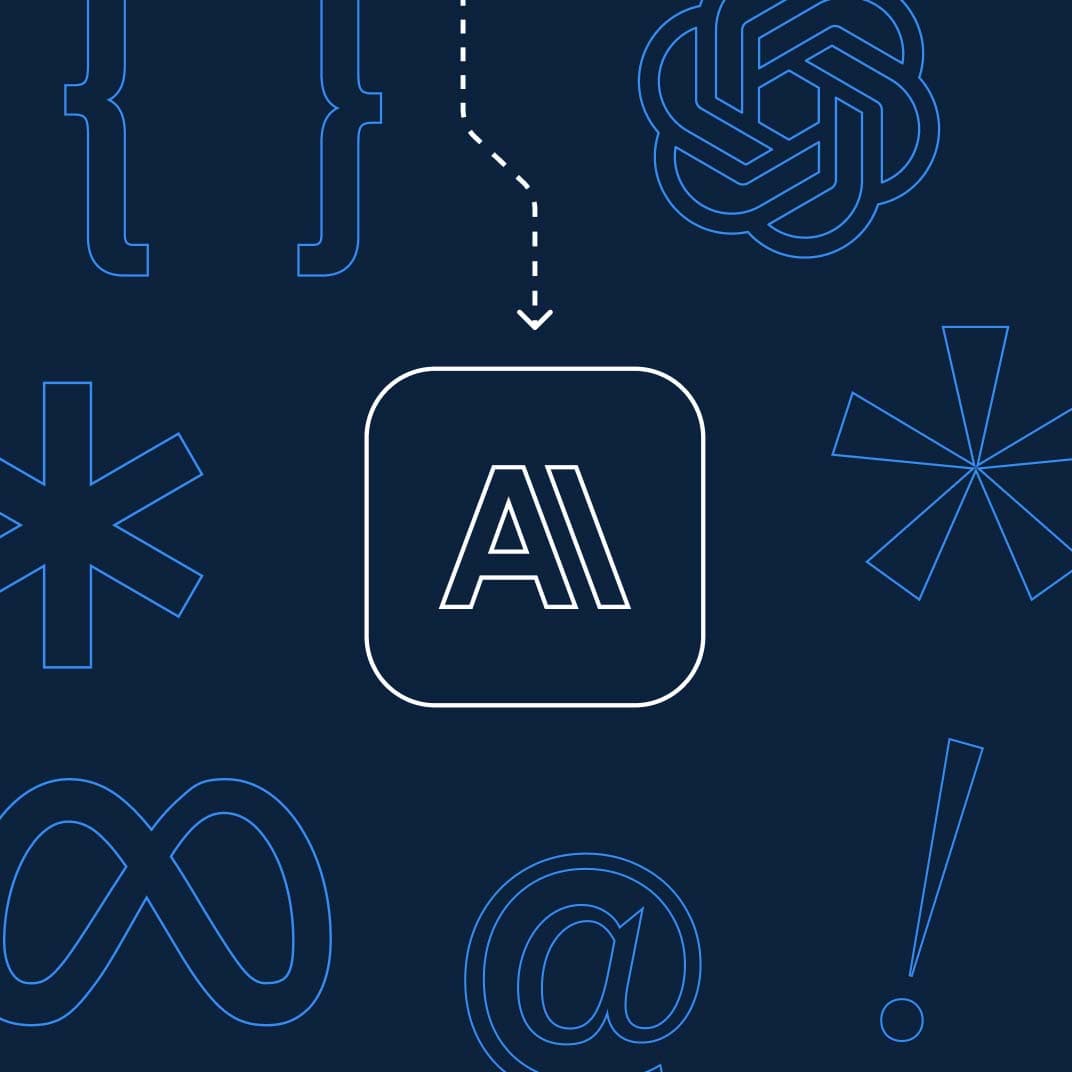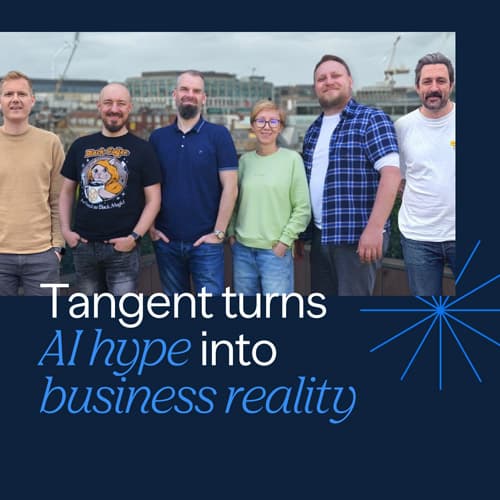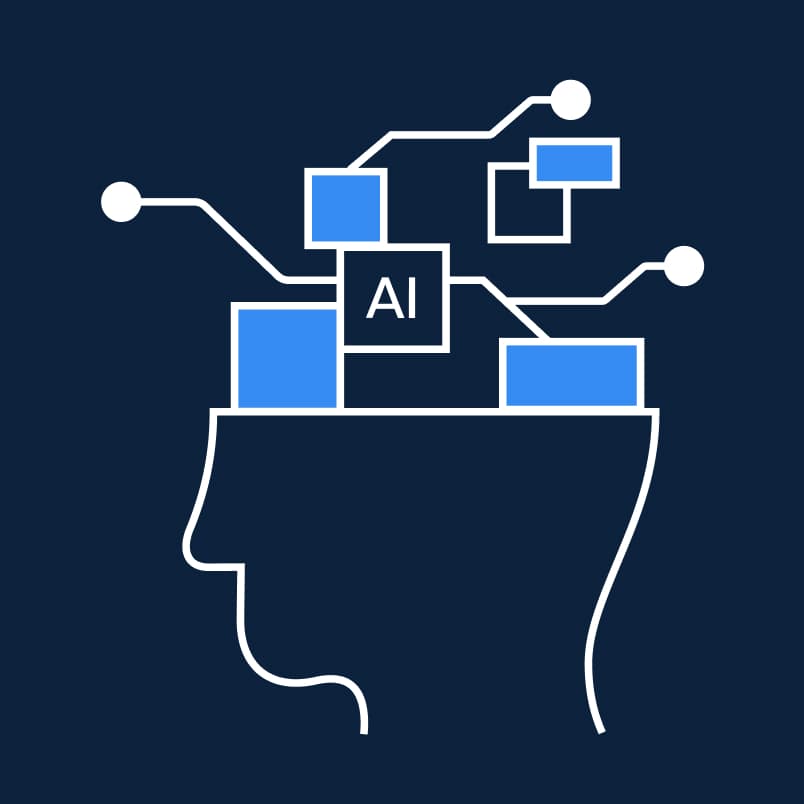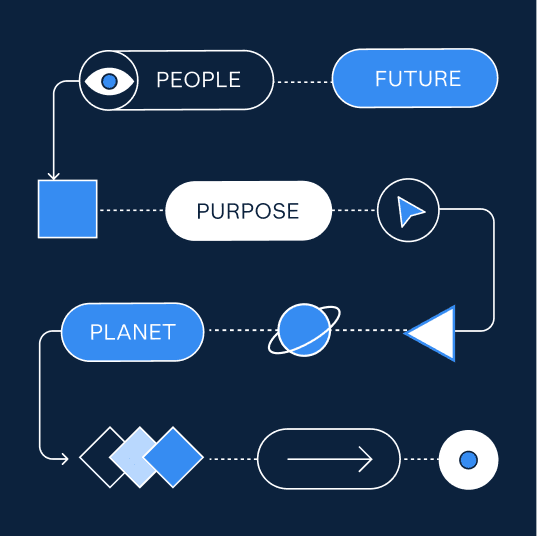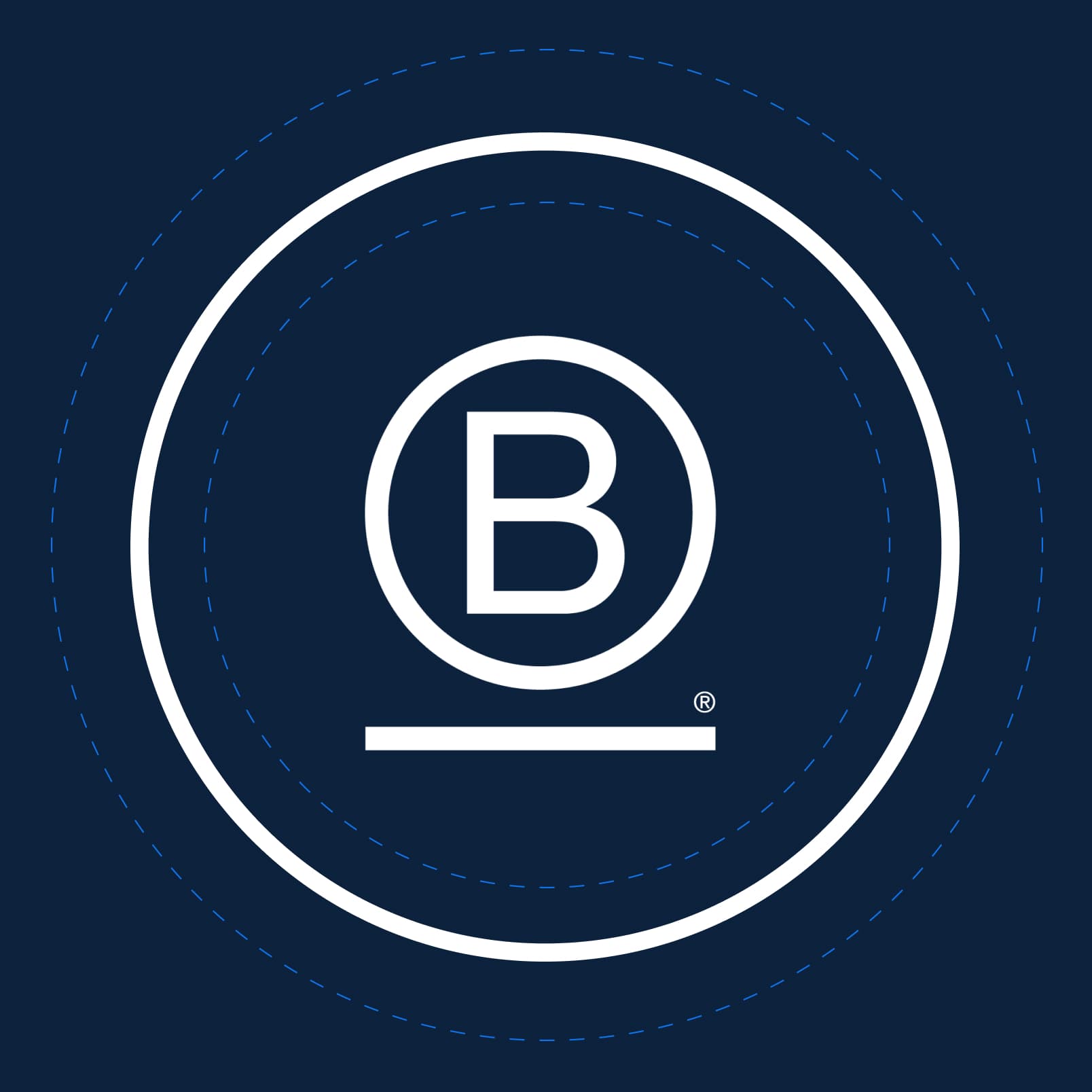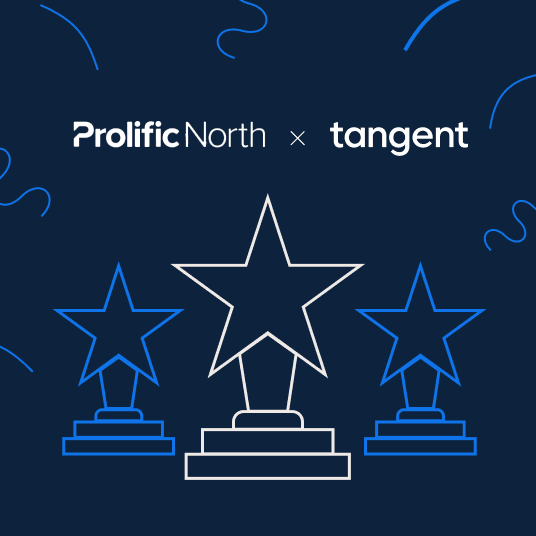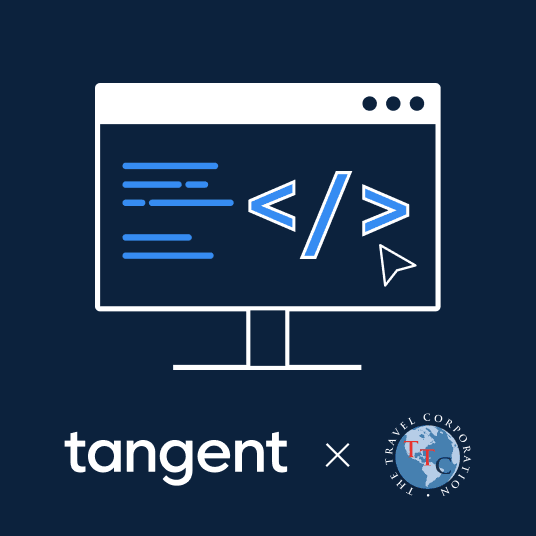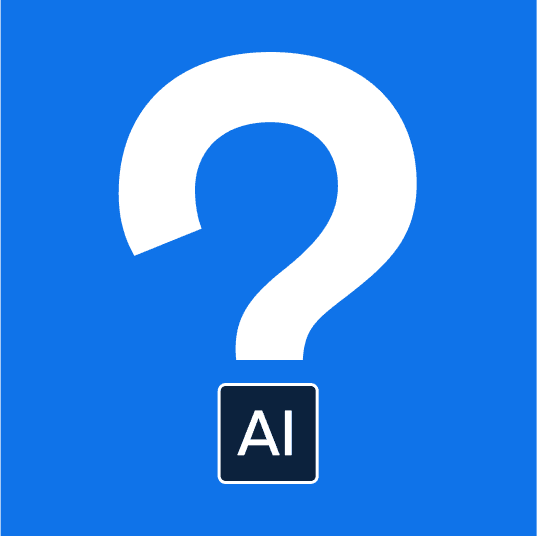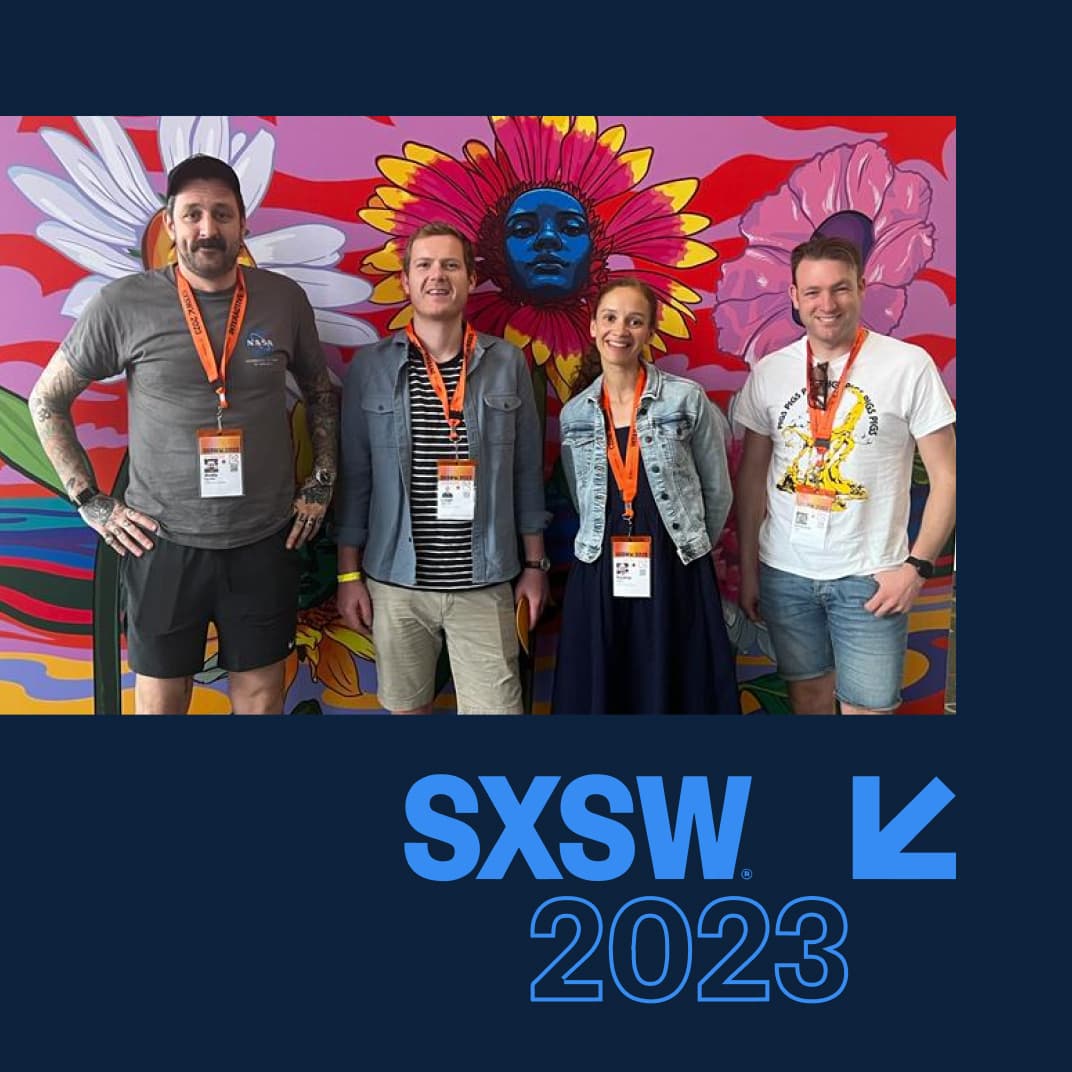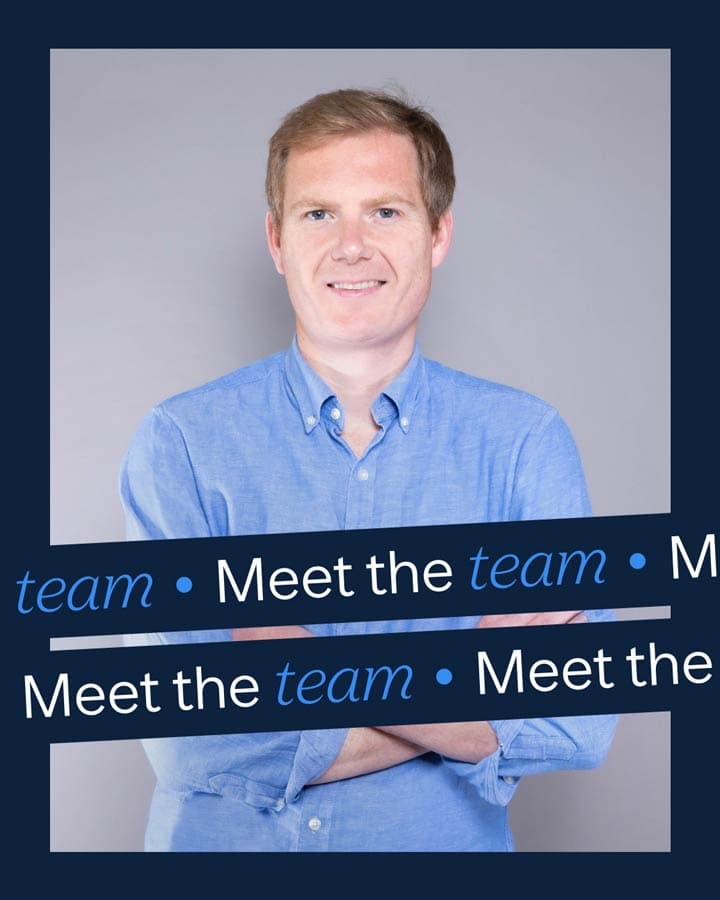
This article was originally featured in The Drum and features insights from Nadine Clarke, Strategy Partner at Tangent: https://www.thedrum.com/insight/2023/11/30/time-and-legal-worries-pose-obstacles-indies-looking-adopt-ai-tools
AI is a hot topic for marketing clients, but indie agencies lack the resources to invest in every solution. Outgunned doesn’t mean out for the count, though.
This year, we’ve spent a lot of time tracking how agencies have responded to the emergence of generative AI. Those responses have included strategic partnerships, acquisitions, experimental units, and new agency brands launched around the technology. Most of those, however, have come from holding company stables or the largest indie players, such as VCCP. Smaller agencies, with fewer staff to deploy and less cash to invest in new solutions, have been slower to adapt.
In reviews and pitch conversations, AI has become a key question levied by clients to determine how future-facing a given agency’s mindset is. Serviceplan’s annual CMO Barometer study – a survey of over 760 European brand marketers – found that AI, marketing automation, and machine learning tech were expected to be the top priorities of clients in 2024. So, what barriers to entry are in the way of indie agencies meeting those questions head-on?
Never enough time
At the larger end of the spectrum, some indies are going toe-to-toe with network competitors over their AI chops. Digital agency group Kepler, which has around 700 staff worldwide and American Express, HSBC, and EasyJet on the books as clients, has been pursuing its own proprietary AI tech. “We’ve made a lot of hires in the space to get ahead,” says Nick Graham, senior consultant.
Similarly, Pete Gentle, creative solutions director for APS Group, says the company has been pursuing a number of potential AI solutions for creative production. “We’ve got a working group and we’re currently testing about 65 AI products across the different service lines. We’re getting quite established with that testing and are bringing it to market now with client projects,” he explains.
But with over 900 staffers, APS is at the bigger end of the indie agency spectrum. Others in the sector have fewer labor hours to spare. “We would never be able to get 65 tools in at the same time,” says Nadine Clarke, strategy partner at digital agency Tangent.
For some indie shops, the number of hours required to understand, test and implement a potential solution, or integrate a tool into existing workflows, is just too high. Others have decided that they have to find the time, regardless of the cost.
At 2LK, digital design director Jamie Manfield says the business has budgeted for a “strict R&D agenda” for its 30 staff. “We won’t skimp on it,” he says. “Everybody has a certain amount of time dedicated that they can use where they are off client projects.”
“It’s an investment from the agency. It does cost the agency a lot of money, but AI is a tool and it’s here to stay – we have to adapt with it,” Manfield adds. In addition, it’s formed an ‘AI council’ within the agency, which meets once a week. “We talk about tools that are that are working, things that haven't worked, things that scare us, and things that are really cool.”
Tangent approached the topic with a different mindset. It gathered 50 of its staff for a one-day ‘hackathon’ to investigate different AI tools together. Clarke says this was equivalent to around 400 hours of investment. She says: “We had two different tracks. One was how could we perhaps improve our ways of working using AI within the agency and speed up some of our processes. [The other was] ideas we might come up with for our clients. And at the end of it, we had eight prototyped ideas.”
For Ryan Wills, founder and chief executive officer of Taxi Studio, the potential efficiencies available to the company were too tempting to leave on the table. The design and branding agency has been using tools such as ChatGPT and Dall-E and found “quite a transformative effect on proof of concepting, efficiencies, realization, inspiration,” he says. “In terms of efficiencies, what it can drive is vast.”
Legal speedbumps
At other indies, the bigger concern is legality. Though some tools have emerged with the potential to calm qualms over copyright and confidentiality (such as Adobe Firefly, which operates using a closed database licensed by Adobe itself, in contrast to the wide-bore approach used to develop Midjourney which is currently the subject of several lawsuits), some agency leaders aren’t convinced.
Rich Wilson, chief executive of Clickon, says that his company has already begun to appreciate the time savings available through limited use of AI. But it’s strictly for internal deployment. “It’s really streamlining internal processes. For pitches, our teams are using Midjourney and ChatGPT to turn what was two weeks’ work into two or three days. But on the delivery side I don't think we’re quite at that stage yet,” he says.
Wills tells The Drum that legal and ethical concerns mean the uses for AI tools are capped – they’re not being deployed on live briefs or final outputs. “We're very cognizant of the ethical side of AI. There are massive issues around IP and copyright. You have to deploy it in a way that is fundamentally not related to the final product,” he says.
Clarke says that legal roadblocks have dampened enthusiasm among some clients. “Everybody wants to dabble with it. But the concerns around security and privacy issues… it is still a bit murky,” she says.
Graham says that Kepler delayed bringing its AI-enabled solutions to market while it resolved concerns around client confidentiality. “It took us a while to have a steer on this,” he says. “As much as being first-to-market is really good, I think we’ve chosen a good period to release. We only started using it as a business once we were happy with licensing it internally, and only using data we own.”
Some agency leaders are convinced agency businesses shouldn’t be racing to embrace the tech in its current state. Manfield says that even without legal concerns, image-generating tools don’t work at a high enough fidelity to bring to bear on live client outputs. “We’ve played around with Adobe Firefly and the results you get are not that amazing,” he says.
Furthermore, Wilson says that brands are far away from being organized enough to take advantage of the potential economies of scale available.
“For gen AI to work for brands, you need thoroughly indexed and structured datasets, and all the information around copyright infringement… and if you don’t have all of that figured out there’s no way that AI can come to fruition,” he argues.
Others take the opposite view. “My advice is: if you're being asked by clients, it's already too late,” says Taxi Studios’ Wills. “It’s our job to be ahead of clients.”

